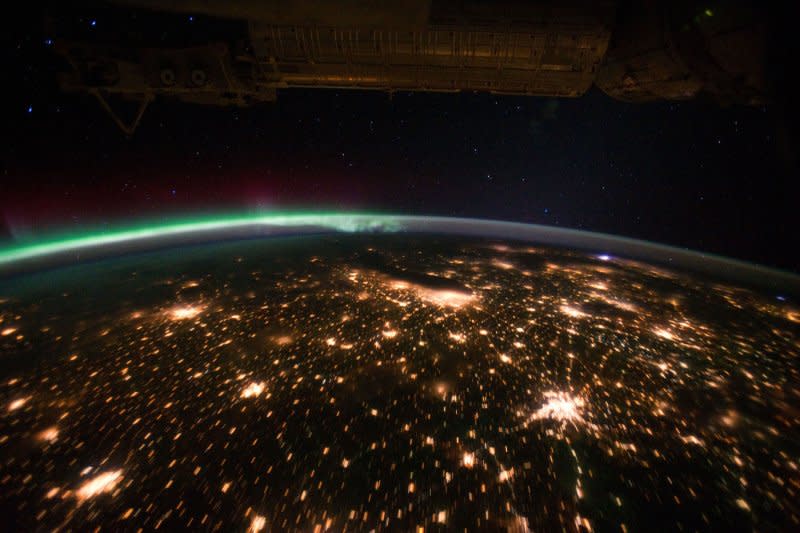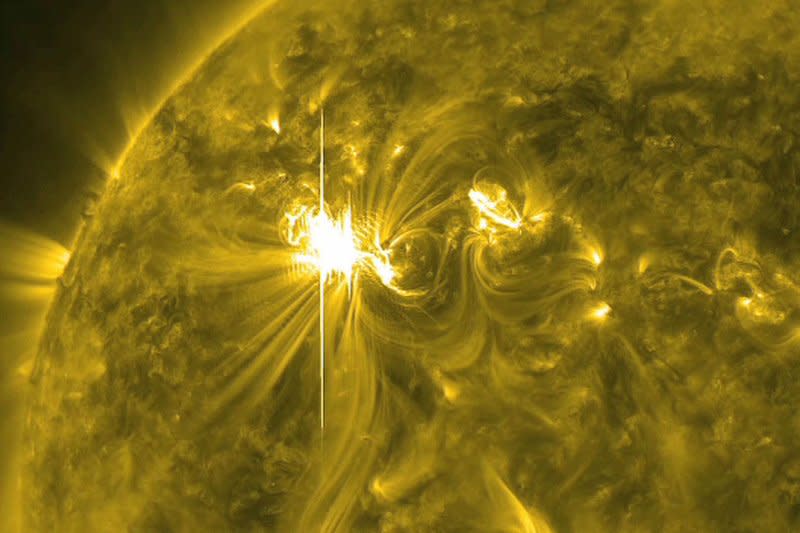NOAA warns of severe geomagnetic storm that could disrupt major systems

May 10 (UPI) -- The NOAA's Space Weather Prediction Center warned of a severe geomagnetic storm Friday with wide-ranging impacts that could potentially disrupt communications, the electric power grid, navigation, radio and satellite operations.
The agency issued a Severe (G4) Geomagnetic Storm Watch for Friday evening, adding that "additional solar eruptions could cause geomagnetic storm conditions to persist through the weekend."
It's the most severe warning in 20 years.
NOAA said it's monitoring the sun after a series of strong solar flares and coronal mass ejections.
"CMEs are explosions of plasma and magnetic fields from the sun's corona," NOAA said in a statement. "They cause geomagnetic storms when they are directed at Earth. Geomagnetic storms can impact infrastructure in near-Earth orbit and on Earth's surface, potentially disrupting communications, the electric power grid, navigation, radio and satellite operations. SWPC has notified the operators of these systems so they can take protective action."

These storms can trigger "spectacular displays of aurora on Earth", according to NOAA. These aurora borealis "northern lights" could be seen as far south as Alabama and Northern California.
NOAA said a large sunspot cluster has produced several moderate to strong solar flares since Wednesday. NOAA and NASA space assets will be monitored for the onset of a geomagnetic storm.
According to SpaceWeather.com, "If geomagnetic storms were hurricanes, 'severe' would be category 4."
More solar eruptions could cause geomagnetic storm conditions to last through the weekend.


